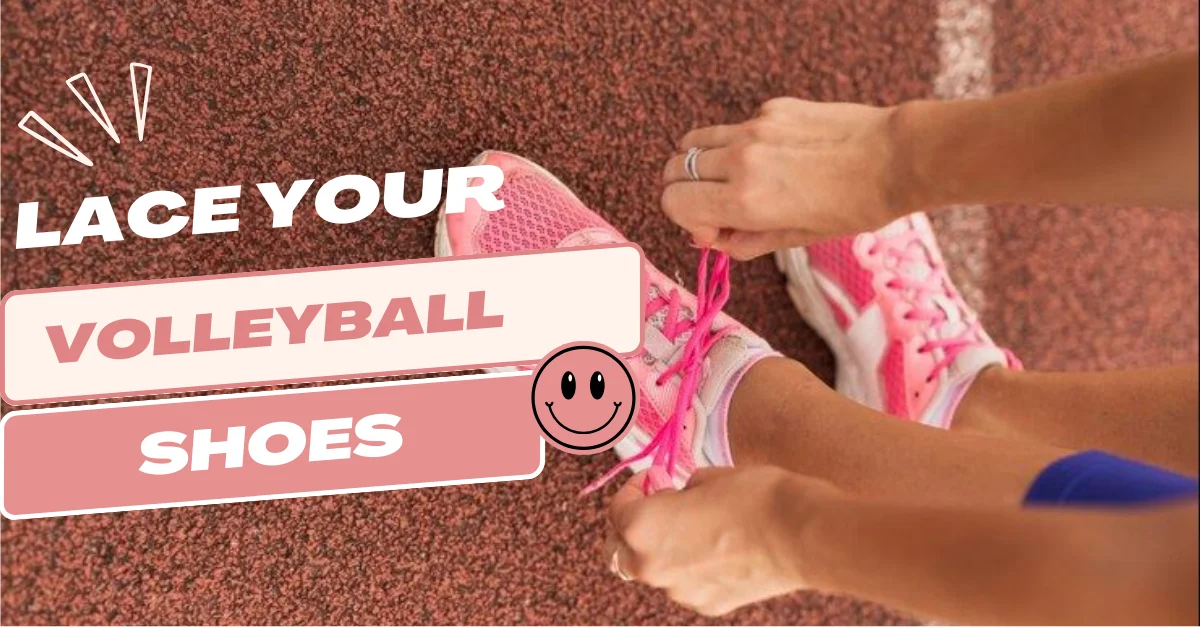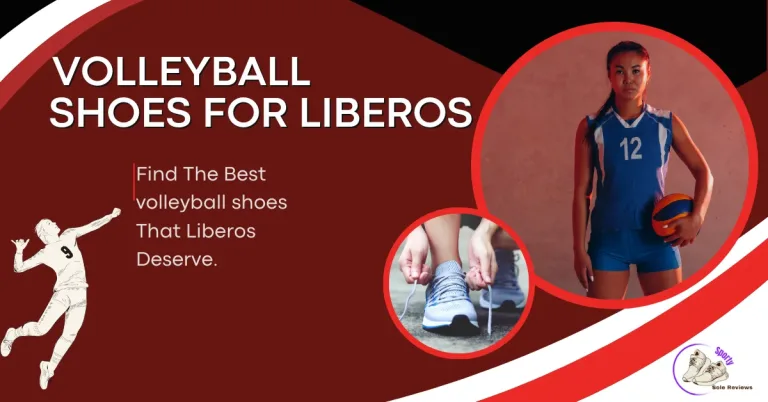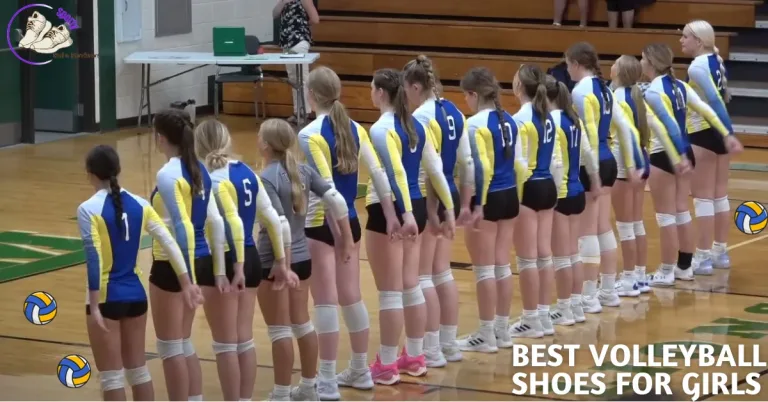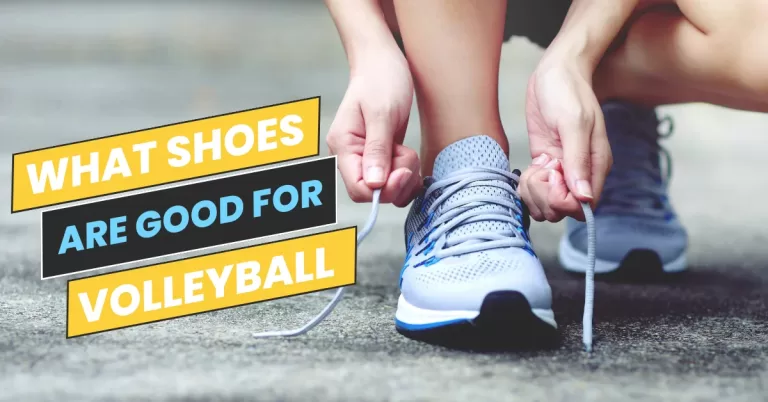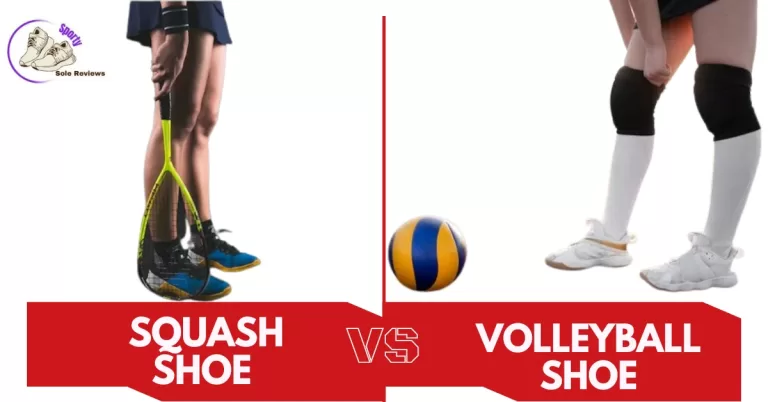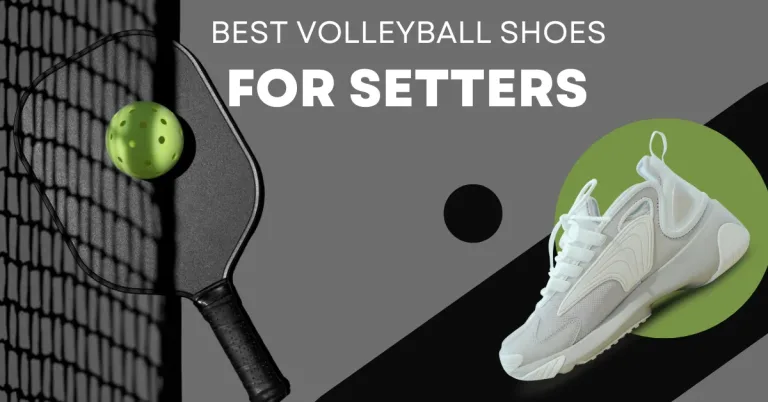How to Laces Your Volleyball Shoes for Court Performance?
The impact of lacing techniques on volleyball performance cannot be underestimated. Proper lacing is essential for comfort, support, and stability on the court. The way you lace your volleyball shoes can make a significant difference in your overall performance. It affects how your shoes fit, how secure they feel, and how well they support your feet during dynamic movements. As a player, I tell you about lacing techniques and how to laces your volleyball shoes for court performance.
Traditional Criss-Cross Lacing
Traditional Criss-Cross Laces your volleyball shoes for court performance, often simply referred to as “Criss-Cross Lacing,” is a classic and time-tested method for lacing shoes, boots, and other types of footwear.
Understanding the basic criss-cross lacing pattern
It’s important to understand the basic criss-cross lacing pattern. Follow this step-by-step guide to achieve an optimal fit:
- Begin by inserting the shoe laces into the bottom eyelets of your shoes, ensuring an even length on both sides.
- Cross the lace from the left side diagonally over to the right side, inserting it into the next eyelet.
- Repeat the process by crossing the lace from the right side diagonally over to the left side and inserting it into the next eyelet.
- Continue this criss-cross pattern, alternating sides, until you reach the top eyelets of the shoes.
- Ensure even tension as you lace up, adjusting the tightness to your preference but keeping it snug for support.
Benefits of criss-cross lacing for stability and support
Criss-cross lacing offers several benefits that contribute to stability and support during volleyball play:
- Distributing pressure evenly across the foot: The criss-cross pattern allows for the distribution of pressure along the entire lacing area, reducing excessive pressure points and promoting overall comfort.
- Reducing foot slippage inside the shoe: The interlocking pattern of criss-cross lacing helps secure the foot within the shoe, minimizing unwanted movement and reducing the risk of slippage during quick lateral movements.
Lock Lacing Technique
The Lock Lacing Technique, also known as the Runner’s Loop or Heel Lock, is a specialized method of lacing shoes that serves a specific purpose: to prevent heel slippage and provide a secure fit, particularly for athletic shoes such as running shoes or hiking boots.
Preventing heel slippage and enhancing stability
To enhance your court performance and prevent heel slippage, the lock lacing technique can be highly effective. Follow these step-by-step instructions to create a secure and snug fit around the heel:
- Begin by crossing the laces as you would with the criss-cross pattern, starting from the bottom eyelets.
- As you reach the top set of eyelets, instead of crossing the laces, insert each lace directly into the corresponding opposite eyelet on the same side, creating a loop.
- Take the end of each lace and thread it through the loop created on the same side.
- Pull the laces tight to create a “lock” around the ankle, ensuring a secure fit.
- Continue with the criss-cross pattern for the remaining eyelets, maintaining even tension.
Benefits of lock laces your volleyball shoes for court and high-intensity movements
The lock lacing technique offers several benefits that can enhance your volleyball performance during high-intensity movements:
- Minimizing the risk of blisters and hot spots: The lock lacing technique helps to reduce friction and unwanted movement, minimizing the chances of blisters and hot spots that can occur from excessive rubbing.
- Improving overall foot and ankle stability: The locked-in fit provided by this lacing method enhances stability, reducing the risk of rolling or twisting an ankle during quick direction changes and jumps.
Lace Tucking Methods
Lace Tucking Methods refer to various techniques used to manage the excess length of shoelaces after they have been threaded through the eyelets or holes of footwear.
Preventing loose laces during gameplay
To prevent loose laces during intense gameplay, there are quick and easy lace-tucking techniques that can keep the laces of your volleyball shoes on the court secure and out of the way. Consider the following methods:
- Quick and easy lace tucking techniques: One method involves tying a double knot with your laces and tucking the ends underneath the laces near the tongue of the shoe. Another option is to use elastic or silicone bands to secure the laces in place.
- Keeping laces secure and out of the way: By tucking your laces, you can avoid tripping over loose ends or getting them caught during movements on the court. This allows you to focus on your game without distractions.
Creative ways to secure laces your volleyball shoes for court
In addition to simple lace tucking, there are creative methods to further secure your laces and personalize your lacing techniques:
- Utilizing lace loops or Velcro straps for added security: Some volleyball shoes have additional features such as lace loops or Velcro straps that can provide extra support and security. Utilize these features to customize your lacing for a snug and secure fit.
- Personalizing lacing techniques for individual preferences: Experiment with different lacing techniques to find what works best for you. You can try variations such as skipping eyelets, utilizing alternate criss-cross patterns, or combining different lacing methods to achieve the desired level of comfort and stability.
Adjusting Lacing for Specific Foot Issues
Adjusting the laces your volleyball shoes for court performance and specific foot issues on the court is a crucial aspect of achieving comfort and support in footwear. Different individuals may experience various foot problems, such as high arches, flat feet, bunions, or narrow heels.
Addressing common foot problems with lacing adjustments
When it comes to specific foot issues, adjusting lacing techniques can provide relief and improve comfort in your volleyball shoes. Consider the following adjustments:
- Relieving pressure on bunions or sensitive areas: If you have bunions or sensitive areas on your feet, you can try skipping the eyelets closest to the affected area when lacing up. This will reduce pressure and alleviate discomfort during gameplay.
- Reducing discomfort from high arches or wide feet: For individuals with high arches or wide feet, utilizing alternative lacing patterns can help create a more accommodating fit. One option is the parallel lacing technique, which allows for more room in the forefoot area, providing relief for wide feet or high arches.
Working with podiatrists or shoe-fitting experts for customized lacing
Professionals possess the specialized knowledge and experience to assess your foot’s unique needs and recommend the most suitable lacing techniques for your comfort and health.
For individuals with specific foot conditions or unique needs, seeking professional guidance from podiatrists or shoe-fitting experts is highly beneficial. They can provide customized lacing techniques and advice tailored to your specific requirements.
- Seeking professional guidance for specific foot conditions: Podiatrists or shoe-fitting experts can assess your foot condition and recommend appropriate lacing adjustments. They may suggest specialized techniques, such as skipping specific eyelets or utilizing different lacing patterns, to accommodate your specific needs.
- Exploring alternative lacing techniques for unique needs: Professionals can introduce alternative lacing techniques, such as the window lacing method or the heel lock technique, which can offer additional support and alleviate specific foot issues.
Conclusion
Laces your volleyball shoes for court is a wonderful technique that plays a crucial role in enhancing volleyball performance. By understanding and implementing the right lacing methods, you can experience improved comfort and support on the court. Don’t be afraid to explore different lacing techniques and patterns to find what works best for you. Whether it’s the traditional criss-cross lacing, lock lacing for added stability, or alternative patterns like parallel or diagonal lacing, each method offers unique benefits.
Are specific lacing techniques necessary for volleyball shoes?
While not mandatory, using proper lacing techniques can greatly enhance your volleyball performance. They provide better fit, stability, and support, reducing the risk of discomfort or injuries during gameplay.
Can I use different lacing patterns for different foot types?
Absolutely! Different lacing patterns can be used to accommodate various foot types. For wide feet, parallel lacing can offer more space, while diagonal lacing can provide extra stability for those with narrow feet.
Do lacing techniques affect shoe aesthetics?
Yes, lacing techniques can add a unique visual appeal to your volleyball shoes. You can experiment with different patterns to express your personal style and make a fashion statement on the court.
Can I combine different lacing techniques for a customized fit?
Absolutely! Feel free to mix and match lacing techniques to achieve a customized fit. You can combine traditional criss-cross lacing with lock lacing or utilize other methods to address specific comfort or stability needs.
Do alternative lacing patterns affect performance?
Different lacing patterns can have a subtle impact on performance. For example, diagonal lacing can provide additional support, which may enhance stability during high-intensity movements. It’s worth experimenting with different patterns to find what works best for you.

